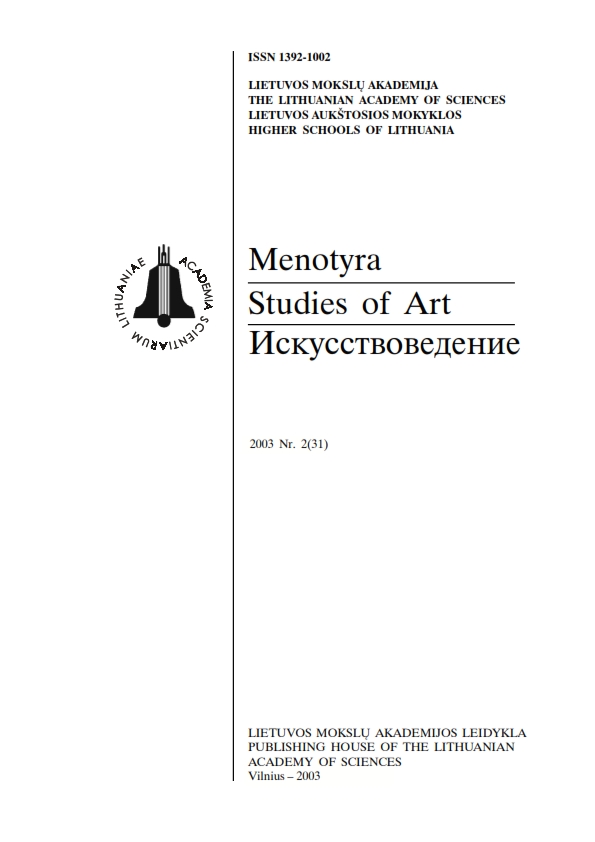Keliaujantis žmogus XIX a. II pusės Lietuvoje
Traveller in Lithuania in the second half of the 19th century
Author(s): Jolita MulevičiūtėSubject(s): Cultural history, 19th Century
Published by: Lietuvos mokslų akademijos leidykla
Summary/Abstract: In the second half of the 19th century, as the acts of repression effected by the Russian tsarist authority gained momentum, Lithuania lost the last remnants of cultural autonomy and began sinking into provincialism. Nevertheless, the introduction of modern modes of communication opened up new possibilities for the contact with the world. Following the establishment of St Petersburg-Warsaw railway line running through Vilnius in 1862 and the Liepaja-Romny line crossing Siauliai in 1873, Lithuania became a crossroad for both trade and culture. The range of imported household products and luxury goods offered in Vilnius and Kaunas increased significantly; a considerable amount of products were imported from exotic regions, such as the Caucasus, Middle Asia, and China.The number of businessmen, artists and entrepreneurs passing through Lithuania increased. More books on travel became available. In addition to this, more and more frequently the residents themselves set out on distant journeys. Regular contact with different nationalities and cultural traditions of foreign countries changed the mentality of Lithuanian urban society of the second half of the 19th century: the old values of the class-based society started to vanish, the population developed a more cosmopolitan and eclectic outlook and was getting accustomed to novelties, and the aesthetic tastes underwent liberalization. Such conditions formed the background for the spread of modernist ideas.
Journal: Menotyra
- Issue Year: 2003
- Issue No: 2(31)
- Page Range: 39-44
- Page Count: 6
- Language: Lithuanian

